Ananta Unleashed: The ‘Anime GTA’ That’s Swinging for the Crown of the Open-World RPG Market
Popular Now
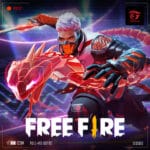 Free Fire
Free Fire
 Fall Guys
Fall Guys
 Call of Duty
Call of Duty
 Gacha Club
Gacha Club
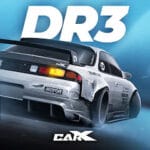 Auto X Drift Racing 3
Auto X Drift Racing 3
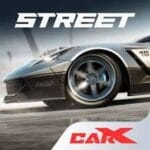 CarX Street
CarX Street
 EA SPORT FC 25
EA SPORT FC 25
 Genshin Impact
Genshin Impact
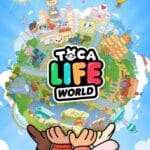 Toca Boca World
Toca Boca World
 Poppy Playtime
Poppy Playtime 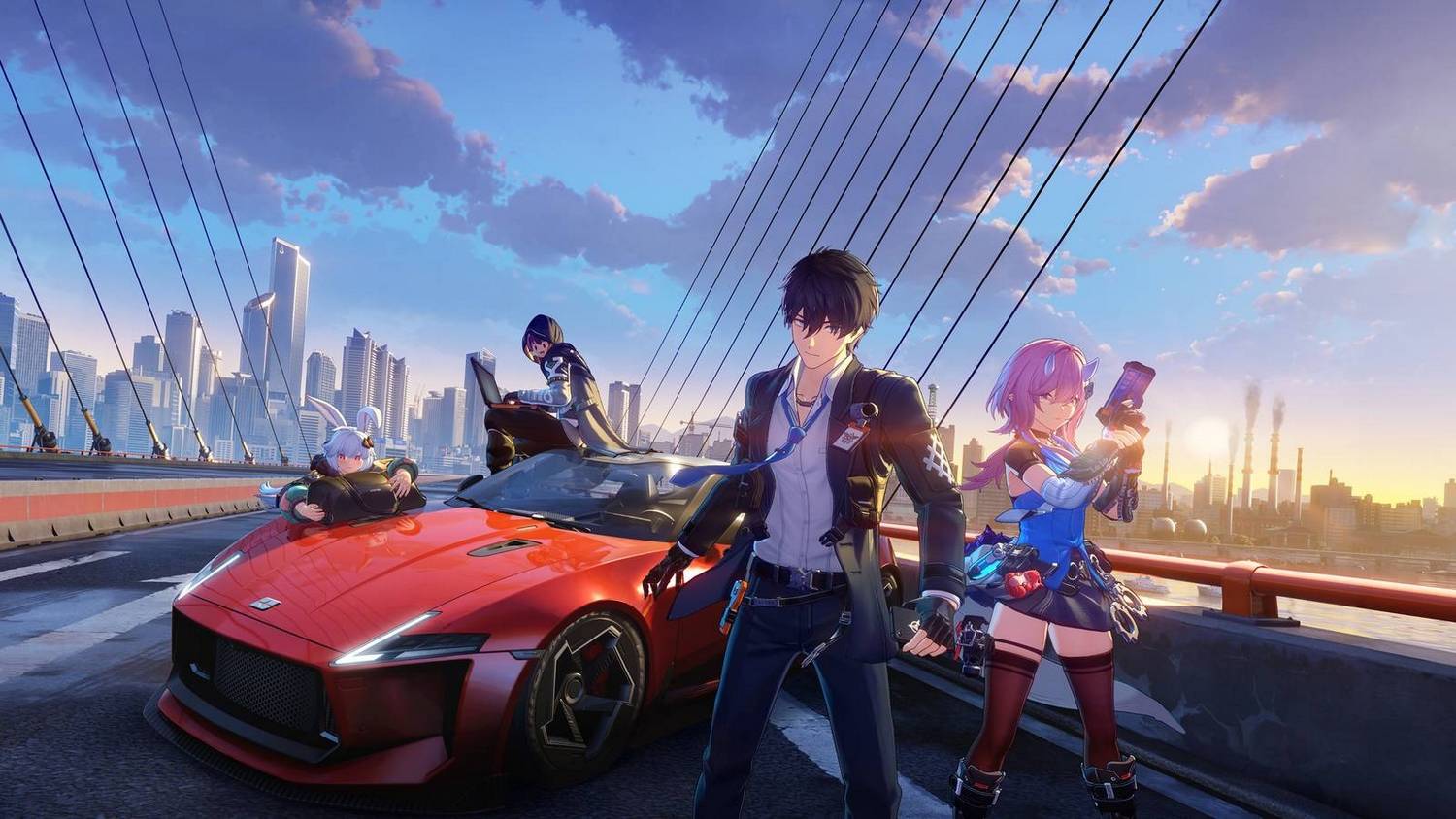
The term “Anime GTA” has long been a conceptual holy grail for gamers, a blend of Grand Theft Auto’s boundless, chaotic urban freedom with the stylized visual flair and dynamic combat of Japanese animation. Now, a new contender, Ananta (formerly Project Mugen), developed by Naked Rain and published by NetEase Games, has emerged not just to claim that title, but to aggressively fuse it with the slick, web-slinging traversal of Marvel’s Spider-Man, promising to be the ultimate, maximalist open-world RPG.
Following a bombshell extended gameplay trailer and a playable demo at Tokyo Game Show 2025, the gaming world is buzzing. Ananta doesn’t just borrow elements; it throws a vast array of high-value, competitive gaming features into a blender, creating a sprawling urban playground that is as absurd as it is ambitious. This highly-anticipated, free-to-play title is taking a bold, unashamedly derivative approach to carve out a massive piece of the global gaming market.
The Uber-Open-World RPG Formula: GTA Meets Spider-Man
Ananta is set in the vibrant, sprawling metropolis of Nova City, an urban landscape that is less a backdrop and more a main character. The developer’s core philosophy seems to be: if a modern open-world game did it successfully, Ananta will integrate and anime-fy it. This results in a game that feels like a collision of high-CPC keywords from the gaming sphere.
GTA’s Lawless Urban Playground:
- Players can freely commandeer a variety of vehicles, including cars, motorcycles, buses, and even helicopters, complete with a physics engine that allows for reckless street racing and spectacular stunts. This offers the core sandbox freedom and vehicle-based crime-simulation atmosphere that defines the GTA franchise.
- The city is dynamic, featuring a day-night cycle, an “NPC Ecosystem” with lifelike behaviors, and the ability to interact with the environment in unconventional ways—from causing city-wide chaos to snooping on passersby’s phones. The aesthetic is often compared to a polished, anime-styled version of the Saints Row franchise due to its over-the-top, satirical elements, like fighting robotic toilets and giant mechas.
- A minimalist GTA-style minimap and an in-game social media feature further cement its direct homage to the Rockstar formula.
Spider-Man’s Unrivaled Traversal:
- The most striking feature for action-RPG fans is the incredibly fluid, momentum-based traversal system, directly lifting from Insomniac’s Spider-Man series. Characters—known as “Espers”—can swing between skyscrapers, grapple onto cranes, and perform acrobatic parkour movements without the constraint of a stamina meter.
- The protagonist, Chenxiu, is seen utilizing mysterious, Venom-style tendrils to web-sling through the cityscape, adding a distinct, high-speed verticality to the exploration. This is a crucial differentiator from the ground-level chaos of GTA, turning the towering skyscrapers of Nova City into a viable, exhilarating pathway.
- Every character on the roster is set to have a unique traversal ability, ranging from parkour and wall-climbing to using a special vehicle like Taffy’s war hammer-turned-bike, ensuring a high degree of character-based mechanical diversity, a staple of the RPG genre.
 Combat, Characters, and the Free-to-Play Model
Combat, Characters, and the Free-to-Play Model
Ananta is not just about its open world; it’s fundamentally an Action RPG. Players take on the role of an “Infinite Trigger,” a top paranormal investigator tasked with solving supernatural anomalies that bleed into the urban environment. The game leans heavily into the combat and character systems popularized by Genshin Impact, but with key distinctions.
- Four-Person Squad System: Battles involve a four-person team with on-the-fly character switching to chain devastating elemental or team-based combos, reminiscent of Genshin’s combat fluidity. The melee combat itself has drawn comparisons to the rhythmic, satisfying beat-em-up mechanics of the Yakuza and Batman: Arkham series.
- The Anti-Gacha Promise: Crucially, Naked Rain has publicly committed to a non-gacha model for character acquisition. Players will reportedly obtain new characters through in-game progression and story completion, setting Ananta apart from most of its Asian-developed free-to-play RPG peers. The monetization is slated to focus on “customizable aspects” like outfits, vehicles, and in-game furniture, focusing on cosmetic revenue streams rather than character rarity. This player-friendly strategy is a strong PR and SEO driver, positioning the game as a high-value alternative to the standard gacha model.
- Life-Sim Integration: Adding another layer to its ‘uber-RPG’ status, Ananta incorporates life-sim elements. The world continues to evolve around non-active party members, who pursue their own lives and professions, giving players a deeper connection to the core cast and a greater sense of living in a persistent, dynamic world.
Market Impact and Release Information
Ananta’s launch is highly anticipated across PC, PlayStation 5, iOS, and Android platforms. The cross-platform nature and free-to-play accessibility open it up to a massive global audience, challenging established players in the open-world and RPG sectors.
Current Status:
- Developer: Naked Rain (with NetEase Montreal)
- Publisher: NetEase Games
- Platforms: PC, PlayStation 5, Android, iOS (Cross-play is expected)
- Release Date: To Be Announced (TBA). Industry analysts project a potential release window in 2026, following extensive beta testing.
- Monetization: Free-to-Play, with monetization focused on cosmetics and customization.
Ananta is a game that boldly accepts its reputation as a “Frankengame,” a joyous, maximalist mashup of the last decade’s most successful open-world games. By offering a GTA-style sandbox combined with Spider-Man’s exhilarating traversal and the core combat/progression loops of a modern RPG—all wrapped in a stunning anime aesthetic—it is positioning itself as a dominant force. The question is not whether the disparate parts can coexist, but whether this audacious cocktail of high-octane gameplay can execute its vision well enough to truly become the new king of the “uber-open-world RPG” genre.
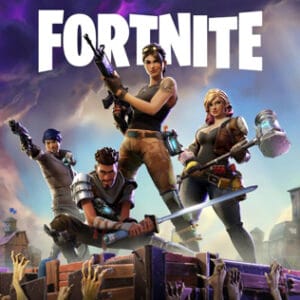

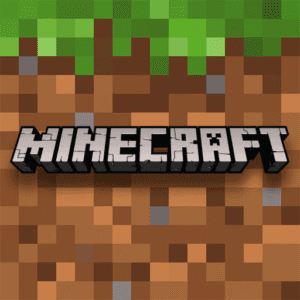

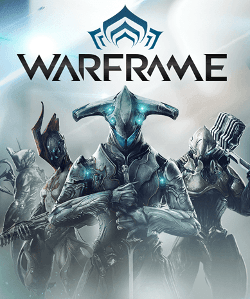
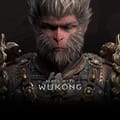
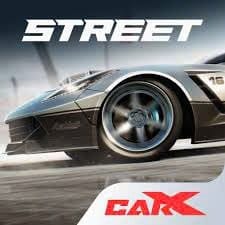
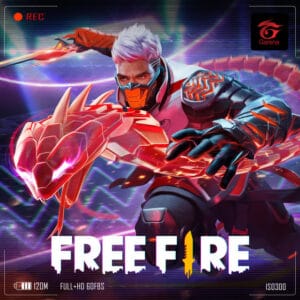
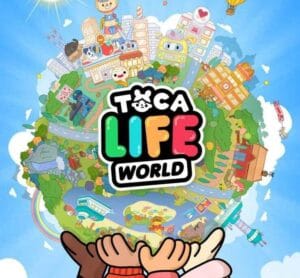
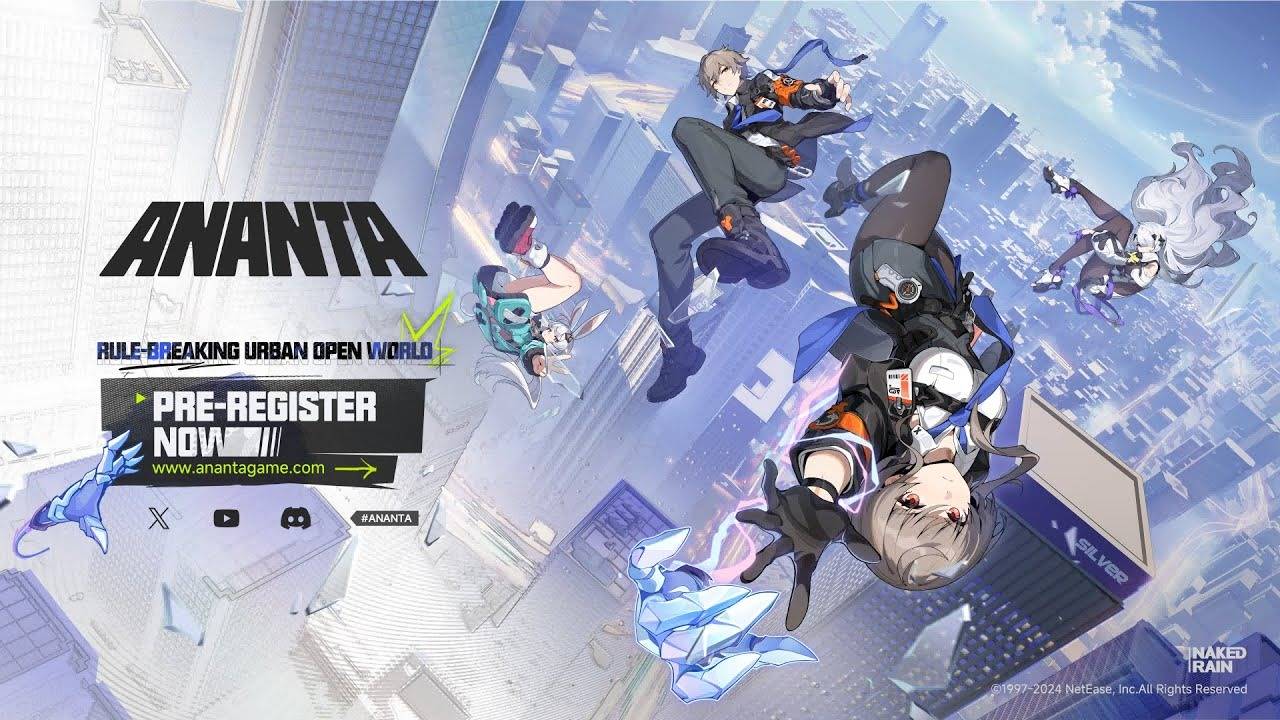 Combat, Characters, and the Free-to-Play Model
Combat, Characters, and the Free-to-Play Model